While some dog behaviors are endearing, others might leave you scratching your head and wondering what your furry friend is trying to communicate. Understanding these peculiar habits can not only strengthen your bond but also clue you in on what’s happening in that canine mind.
1. Sideways Head Tilting
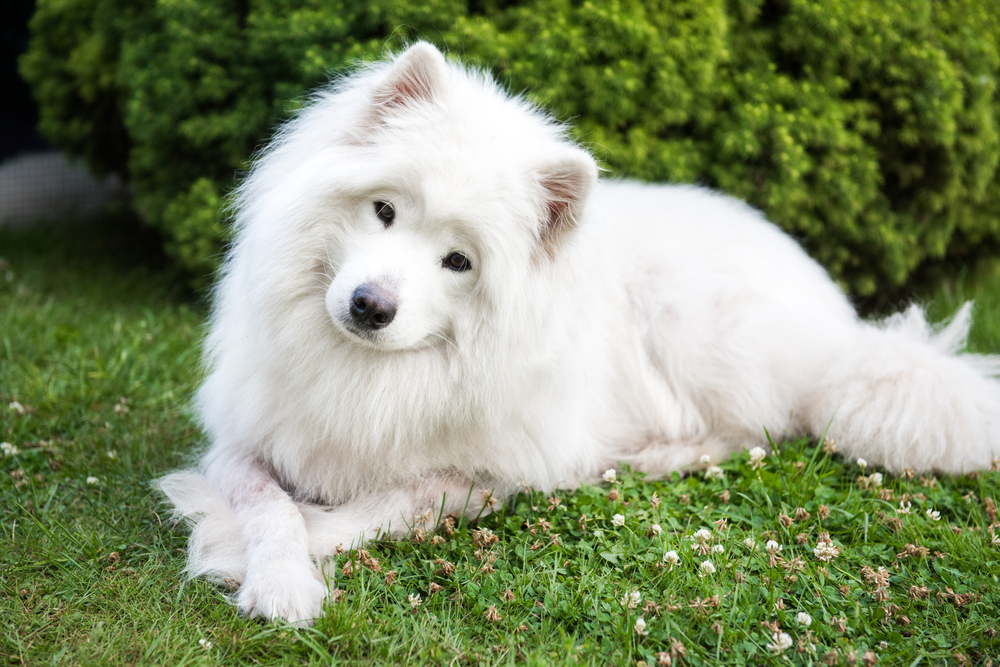
That adorable sideways head tilt isn’t just for show; it’s your dog trying to tune in more accurately to the sounds you’re making. Dogs have a keen sense of hearing, but sometimes they need to adjust their head position to better capture the direction and distance of a noise. This behavior often occurs when they hear something unfamiliar or when you’re speaking in a playful tone. It’s their way of saying, “I’m listening, keep talking.”
A study published in Animal Cognition suggests that dogs might tilt their heads to better see our facial expressions, which helps them understand human communication. The researchers noted that dogs are highly attuned to human gestures and vocal cues, using them to pick up on what’s expected of them. So next time your pup tilts their head, know that they’re not just being cute. They’re genuinely trying to understand what you’re saying or doing.
2.Sudden Barking At Nothing

When your dog starts barking at seemingly nothing, it may feel like they’re reacting to ghosts, but there’s more to it than meets the eye. Dogs possess a heightened sense of hearing and smell compared to humans. What seems like nothing to you could be a distant noise or an unfamiliar scent that’s caught your dog’s attention. This behavior often indicates vigilance, a trait deeply embedded in their DNA for survival.
There are also times when barking serves as a form of communication, alerting you or other dogs to potential changes in their environment. It’s not always about fear; sometimes it’s excitement or curiosity driving the behavior. When you observe your dog barking at “nothing,” consider the context and environment. If it becomes excessive, it might be worth consulting a professional to ensure there’s no underlying issue at play.
3. Digging In The Bed

If you’ve ever watched your dog dig furiously into the bed or couch, you’re observing a throwback to their wild ancestors. This behavior is rooted in their instinct to create a comfortable, safe sleeping spot by making the ground more inviting. Just as wild canines would have done in their natural habitat, your dog rearranges the surface to suit their need for comfort or warmth. It’s a behavior that’s both practical and instinctual.
According to Dr. Stanley Coren, a psychologist and expert in canine behavior, this habit often signals that your dog is attempting to regulate their temperature or simply engage in a comforting routine before rest. In some cases, it might also be an indication of boredom or a need for more exercise. Understanding this can help you make your pet’s environment more enriching and reduce any unwanted digging. Ensuring they have a comfy bed can sometimes curb the impulse to dig in less appropriate places.
4. Zoom, Zoom, Zoom
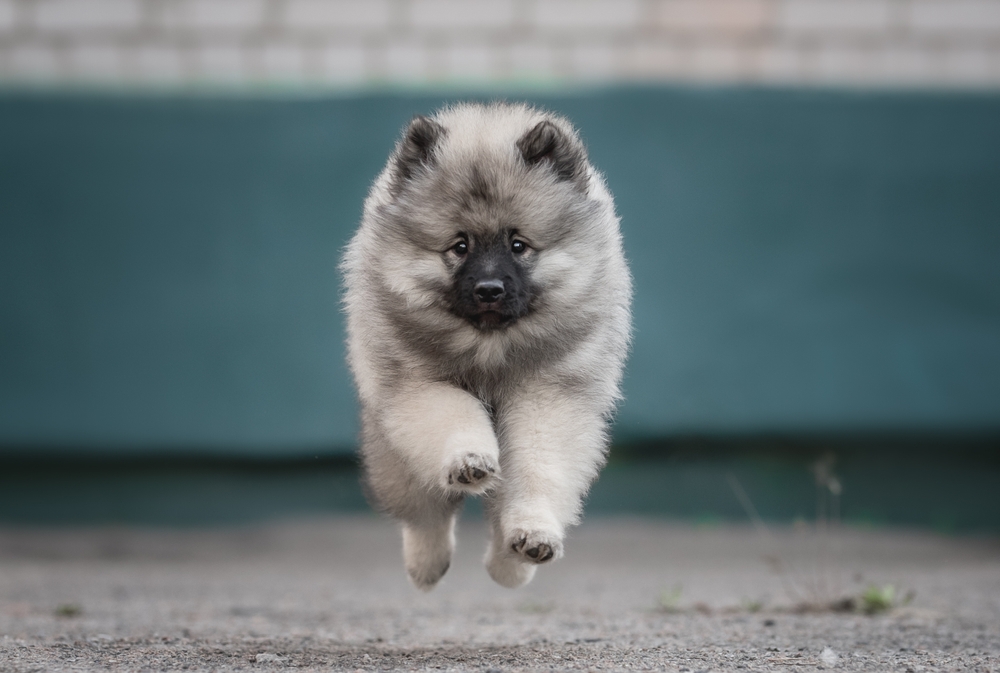
The zoomies, or frenetic random activity periods (FRAPs), are those bursts of energy where your dog races around the house or yard like a whirlwind. While it might seem like they’ve lost their minds, this behavior is actually a normal way for dogs to release pent-up energy and excitement. You may notice these episodes following a bath, during playtime, or as a reaction to stimuli like a familiar person arriving home. It’s a joyful, physical expression of their emotional state.
These frantic runs aren’t just random—they serve a purpose. For dogs that spend a lot of time indoors, zoomies can be a way to expend energy that hasn’t been used up through regular activity. It’s a sign that your dog is healthy and happy, and while it might be a bit chaotic, it’s a harmless way for them to burn off steam. Just ensure they have a safe environment to do so, free of obstacles that could result in injury.
5. Chomping On Grass

The age-old question of why dogs eat grass often perplexes pet owners, but rest assured, it’s a common behavior. Some theories suggest that grass eating helps dogs with digestion or provides essential nutrients that might be missing from their regular diet. Other experts believe it’s a natural way for dogs to induce vomiting when they’re feeling unwell. Observational studies, such as one published in Applied Animal Behaviour Science, indicate that less than 10% of dogs appear sick before munching on grass, and only a quarter vomit afterward.
It’s also possible that dogs simply enjoy the texture and taste of grass. While occasional grazing is generally harmless, frequent grass consumption could indicate dietary deficiencies or gastrointestinal issues. Consulting with a veterinarian can help rule out health concerns and ensure your dog maintains a balanced diet. Grass eating is often just one of many behaviors inherited from their wild ancestors.
6. Sniffing Everything Obsessively
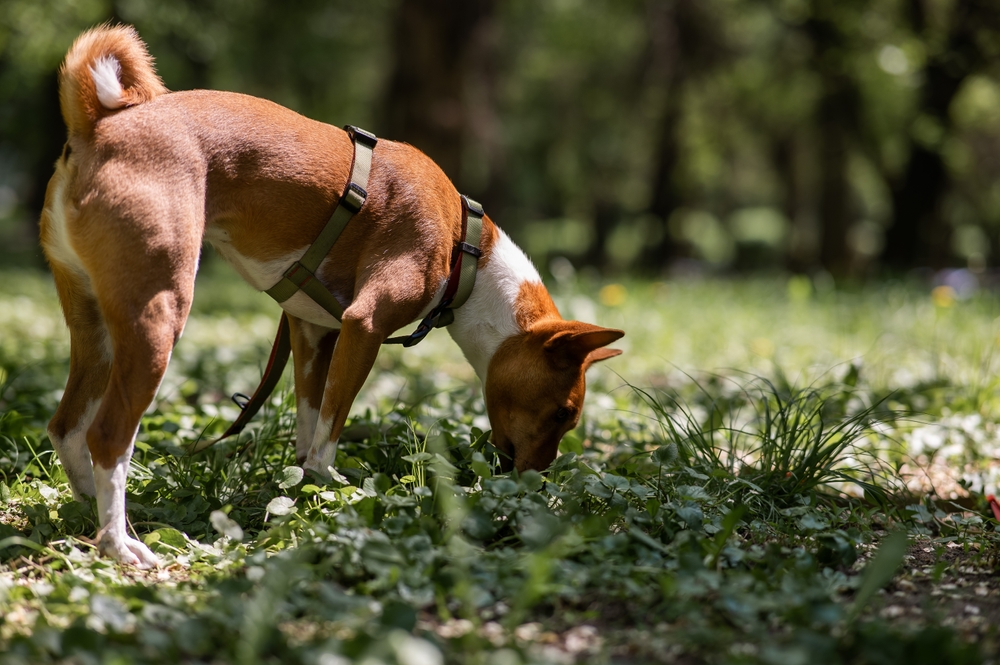
What may seem like excessive sniffing is actually a vital part of how your dog interacts with the world. A dog’s sense of smell is incredibly acute, allowing them to gather extensive information about their surroundings. When your dog stops to sniff, they’re deciphering the stories of other animals, humans, and even the weather. This behavior is as natural to dogs as checking your phone might be to you.
Beyond gathering information, sniffing can also be a form of mental stimulation for dogs, fulfilling their innate curiosity. It’s crucial for their well-being and can serve as a calming activity. Encouraging your dog to sniff during walks instead of pulling them away can lead to a more enriching experience for them. Ultimately, their nose is a primary tool for understanding the world around them.
7. Circling Before Lying Down

The act of circling before lying down is another ancient canine behavior that echoes back to their wild roots. Dogs instinctively turn in circles to create a comfortable sleeping area, much like their ancestors would do to flatten grass or leaves in the wild. It’s a ritual that might also serve to assess the safety of the location before settling down. This behavior is instinctual and can be seen in wolves and other wild canids as well.
Dr. Nicholas Dodman, an expert in animal behavior, suggests that this turning behavior could also be a way for dogs to mark their territory with their scent glands located in their paws. It reassures them of their space and comfort in their environment. Understanding this habit helps you appreciate the natural instincts your dog retains. If the circling becomes excessive or seems obsessive, consulting a veterinarian can help rule out any discomfort or health issues.
8. Chasing Their Tail
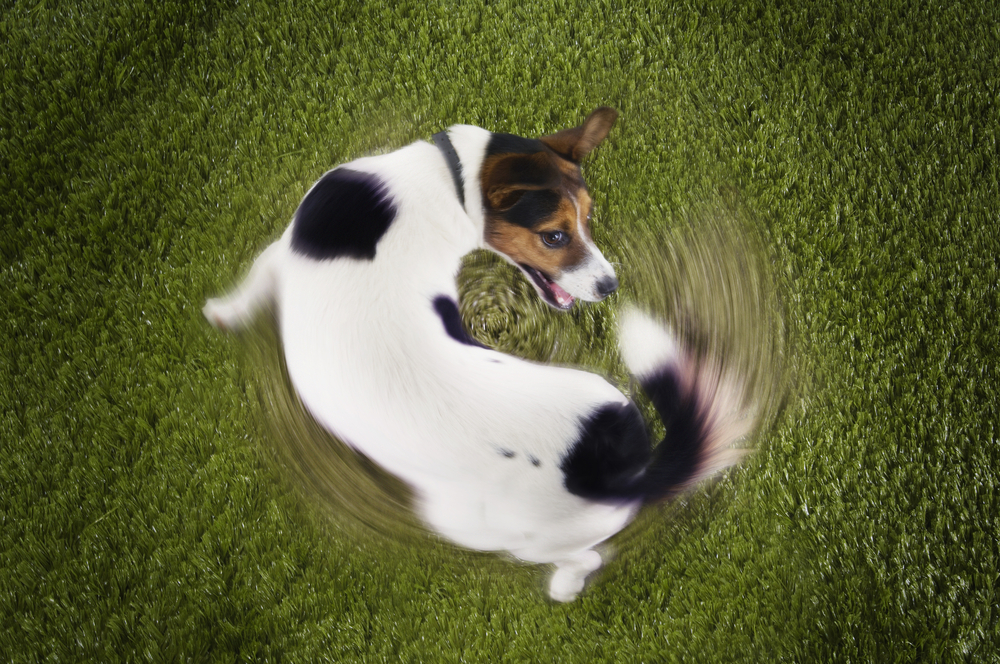
Tail-chasing is a behavior often associated with playful puppies, but it can occur in older dogs as well. This can be a simple act of play or an attempt to entertain themselves, especially if they’re feeling bored or anxious. While it generally looks amusing, frequent tail-chasing could signal underlying issues like allergies, fleas, or even anxiety disorders. Understanding the context of this behavior is essential to addressing it appropriately.
In some cases, tail-chasing can become compulsive, requiring behavioral intervention. Providing more mental and physical stimulation through toys and exercise can help reduce occurrences. It’s important to differentiate between occasional playful chasing and excessive behavior that might point to medical concerns. If your dog persistently chases their tail, a vet visit might be in order to ensure their well-being.
9. Staring At You
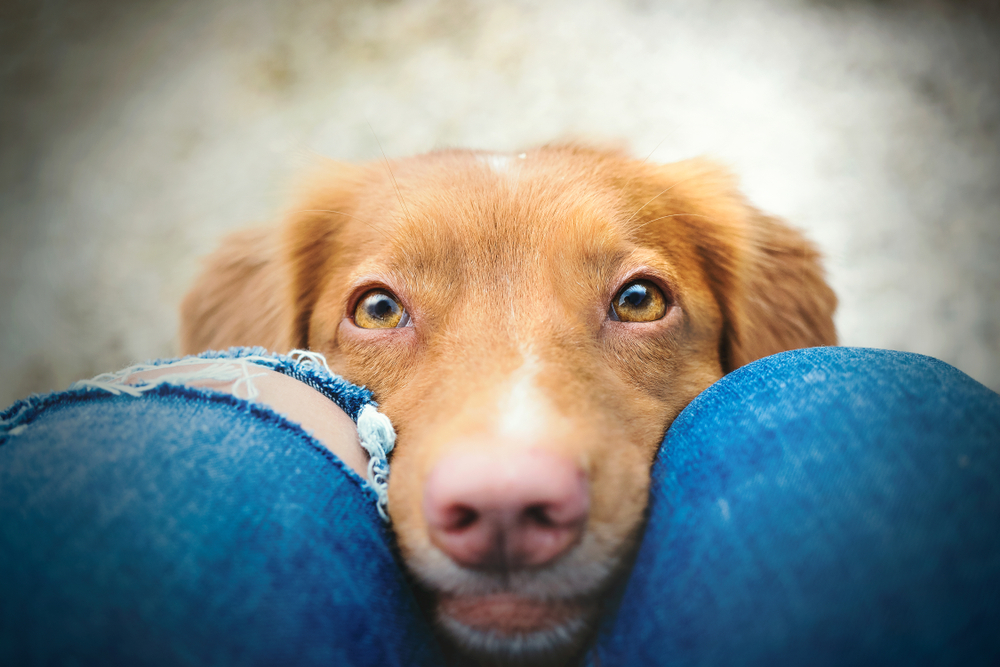
When your dog locks eyes with you, it’s more than just a gaze—it’s a powerful form of communication. Dogs stare to understand your emotions, intentions, and sometimes to get your attention for a specific need. This behavior is deeply rooted in the bond between dogs and humans, stemming from their ability to read human facial expressions and body language. It’s a way for them to connect and communicate without words.
Staring can also release oxytocin, the “love hormone,” fostering a deeper emotional bond between you and your pet. However, incessant staring might indicate that something is amiss or that they’re trying to convey discomfort or anxiety. Observing the context and accompanying body language will help you decipher their message. A loving gaze often speaks volumes, but it’s always important to be aware of other signals your dog might be sending.
10. Rolling In Stink

Rolling in unpleasant smells might leave you baffled, but for dogs, it’s an instinctual behavior. In the wild, rolling in strong odors might have been a way for canines to mask their own scent, making it easier to sneak up on prey. Alternatively, it could serve as a method of communication, signaling to other dogs where they’ve been. It’s a behavior that taps into their primal instincts, even if it means dealing with a stinky dog afterward.
While this behavior is natural, it can also become a nuisance. Regular grooming and monitoring your dog during walks can help manage and reduce occurrences. Teaching commands like “leave it” or “come” can also be effective in diverting their attention from odorous temptations. Understanding this behavior reveals the intricate instincts at play beneath your pet’s seemingly quirky actions.
11. Sleeping With Eyes Open
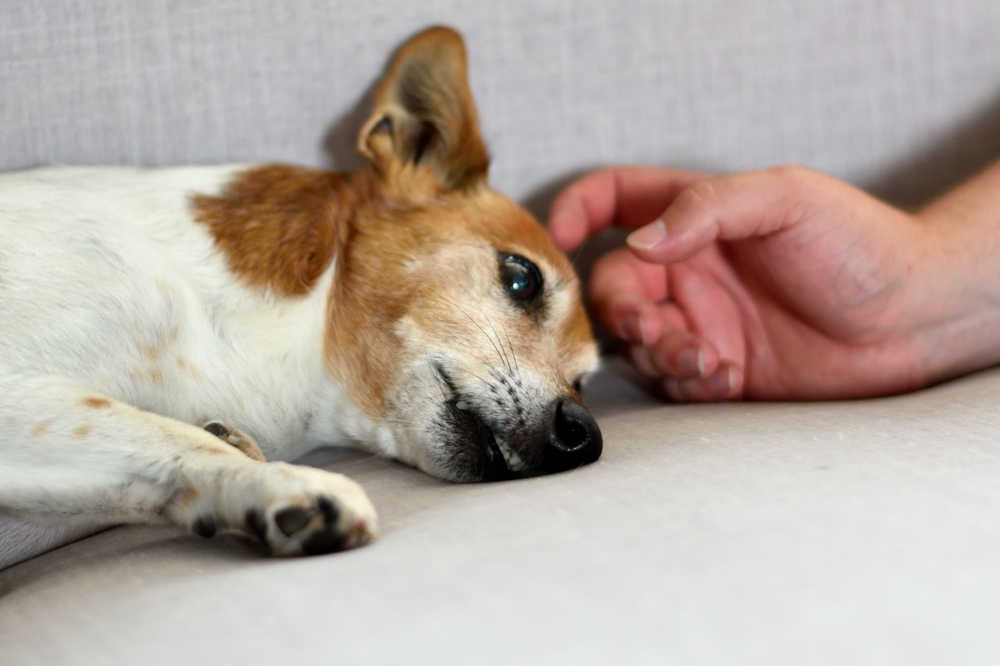
Witnessing your dog sleep with their eyes partially open can be disconcerting, but it’s a fairly common phenomenon. Dogs enter rapid eye movement (REM) sleep just like humans, and during this stage, their eyes might remain open, flutter, or even roll back. This behavior doesn’t typically indicate any health issues; rather, it’s a sign of deep rest where they might be dreaming. It’s an intriguing glimpse into the complex sleep patterns of dogs.
While it may seem unusual, this behavior is generally harmless. However, if your dog seems restless or frequently wakes up startled, it might point to underlying anxiety or discomfort. Observing their sleep environment and ensuring it’s conducive to rest can help improve their sleep quality. Understanding the nuances of your dog’s sleep behavior can provide insight into their overall health and well-being.
12. Pawing At You

When your dog paws at you, it’s their way of communicating a need or desire for attention. This behavior can indicate various things, from wanting to play to seeking comfort or food. It’s a learned behavior that often gets reinforced by your response, such as petting or playing with them. While endearing, excessive pawing can become a nuisance if not managed appropriately.
Encouraging alternative forms of communication, like sitting or using a bell, can help redirect this behavior. Recognizing the context of pawing is crucial, as it might also indicate stress or discomfort. If it becomes excessive, understanding the root cause can guide you in providing the appropriate support or intervention. Remember, pawing is more than just a simple gesture; it’s an attempt to bridge the communication gap between species.
13. Howling To Music

The haunting sound of your dog howling along to music might be their way of joining in or responding to a high-pitched sound. This behavior is deeply rooted in their ancestral ties to wolves, who used howling as a form of communication over long distances. When your dog howls to music, it’s tapping into this instinctual behavior, possibly perceiving certain notes as another dog’s call. It’s an expression of their social nature and a reminder of their evolutionary past.
While it can be entertaining, not all dogs enjoy howling to music, and some may find certain sounds unsettling. It’s important to observe your dog’s body language to ensure this behavior isn’t causing them stress. For those that do enjoy it, howling can be a fun and bonding activity for both of you. Embracing this quirky habit can lead to a better understanding of your dog’s instinctual behaviors and preferences.
14. Leaning Against You

A gentle lean against your legs might be your dog’s way of saying, “I’m here with you.” This behavior is indicative of the strong bond and trust they have in you, offering comfort and seeking reassurance. It’s a form of closeness that mirrors their pack instincts, where physical contact provides security and warmth. For many dogs, leaning is a way to express affection and feel connected to their human.
However, leaning can also indicate a need for support or anxiety, particularly in unfamiliar environments or around new people. Understanding the context of this behavior can help you provide the necessary comfort or boundaries. Encouraging positive interactions and socialization can support a balanced relationship. Leaning is a simple yet profound gesture that speaks volumes about your dog’s feelings and reliance on you.
15. Snoring Like A Freight Train

If your dog snores loudly enough to rival a freight train, it’s often due to the structure of their airways. Certain breeds, particularly brachycephalic ones like Bulldogs and Pugs, are more prone to snoring due to their shorter airways and facial structure. While it can be amusing, excessive snoring can sometimes indicate health issues like obesity or respiratory problems. Understanding your dog’s breed and health can help you determine whether their snoring is normal or worth investigating further.
A visit to the vet can help rule out any underlying medical concerns and provide recommendations for improving your dog’s sleep quality. Simple changes, such as adjusting their sleeping position or managing their weight, can often reduce snoring. It’s important to monitor for other symptoms like coughing or difficulty breathing. Snoring might seem like a harmless quirk, but it’s always worth paying attention to ensure your pet’s health and comfort.
